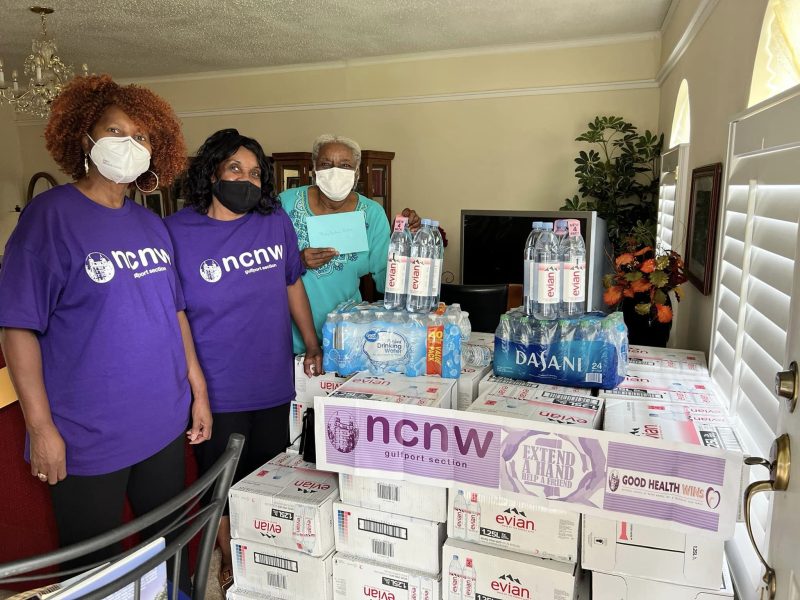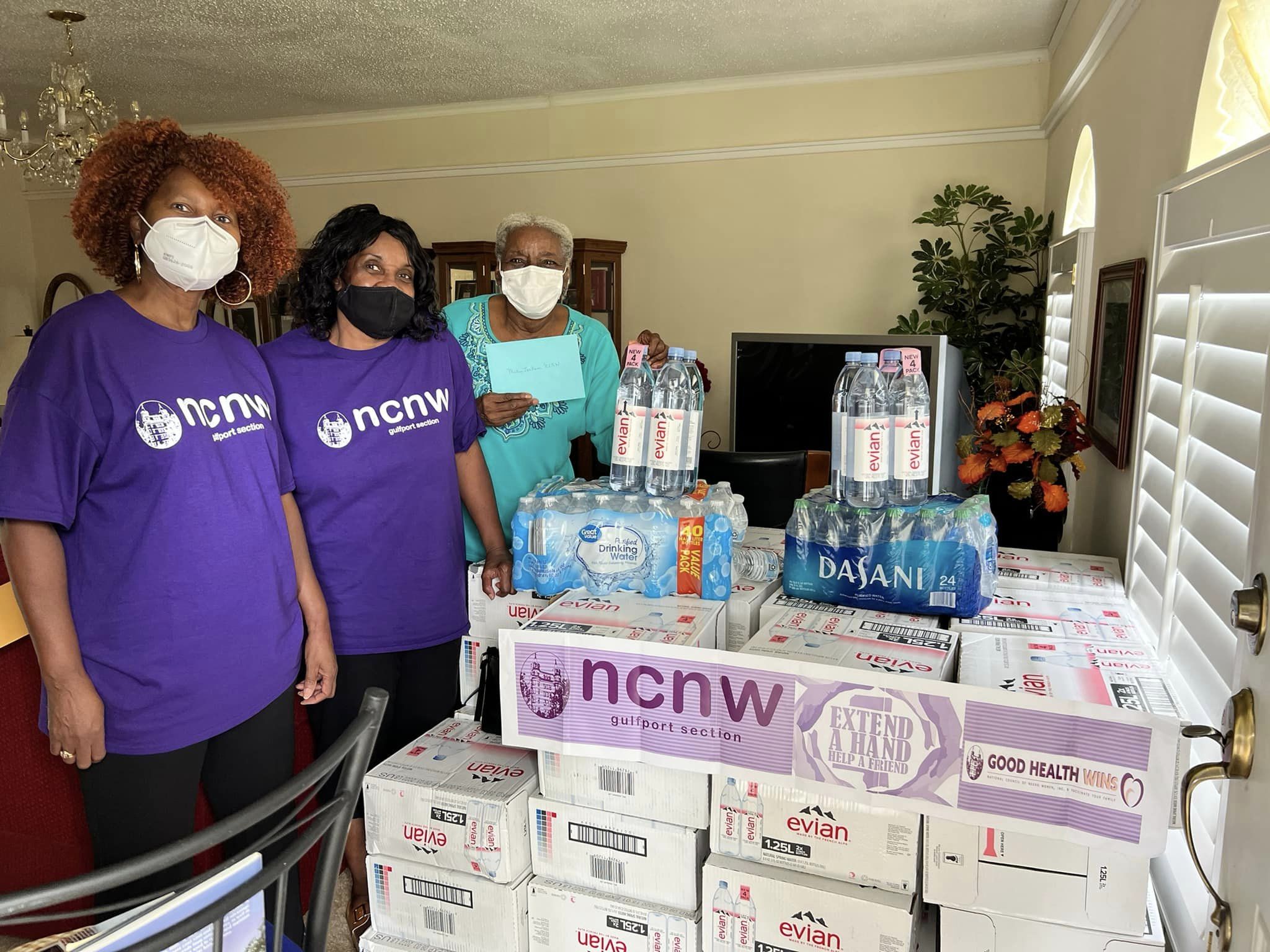
The National Council of Negro Women (NCNW) Gulfport, MS Section, is a member of NCNW, whose mission is to lead, advocate and empower women of African descent, their families and communities. NCNW was founded in 1935 by Dr. Mary McLeod Bethune, an influential educator and activist, and for more than 50 years, its national president. Billing itself as an “organization of organizations,” NCNW comprises 330 campus and community-based sections and 33 national women’s organizations that enlightens, inspires and connects more than two million women and men. NCNW focuses on four priorities — economic empowerment and entrepreneurship, health equity, social justice and education. Noting that 83 percent of Harrison County students live in poverty, the Gulfport NCNW supports the community through events such as organizing school supplies drives, supporting STEM programs, hosting health fairs, partnering with local organizations to help feed the needy and participating in holiday toy drives.

In 2022, the NCNW Gulfport Section organized a water drop off to its sister section, Metro Jackson NCNW, during the city’s water crisis. (Photo from the NCNW Gulfport Section Facebook page)
Gulfport lies along the gulf coast in southern Mississippi and is the second-most populous city in the state, after Jackson. As of 2020, Gulfport has a population of 72,926 — more than half of its residents being black, indigenous and people of color. Gulfport faces many environmental issues, including flooding, sea-level rise and poor air quality. Other environmental issues include chemical contamination and threats to wildlife from development. Dorothy Height, president of NCNW from 1947 to 1997, was at the helm of the organization when NCNW established Forest Heights housing for low-income families in 1966 in Gulfport — in cooperation with the Department of Housing and Urban Development and support from the Ford Foundation. Today, the subdivision retains much of its original character, with the exception of the loss of six homes and the replacement of a community center due to 2005’s Hurricane Katrina. The subdivision is now threatened environmentally by flooding and pollution.